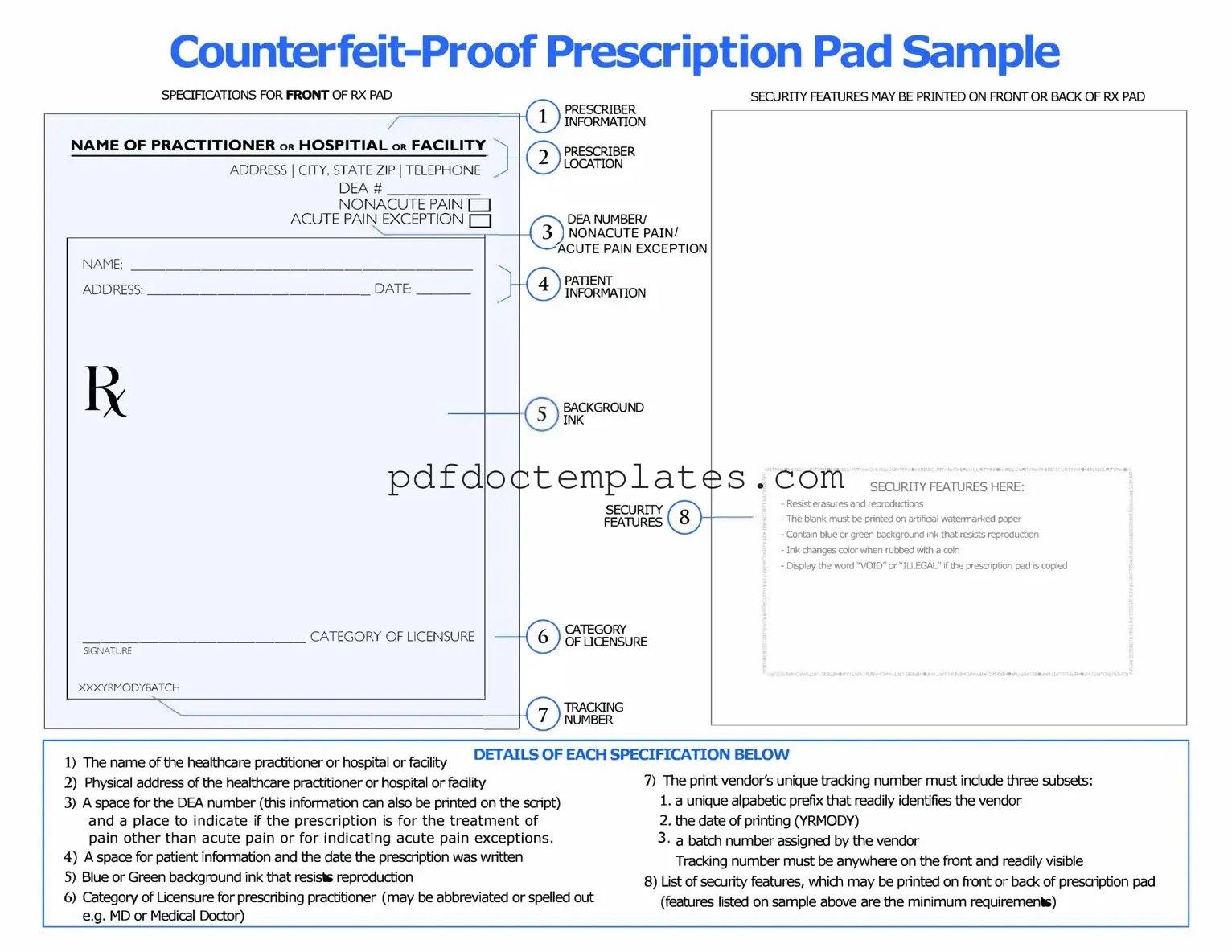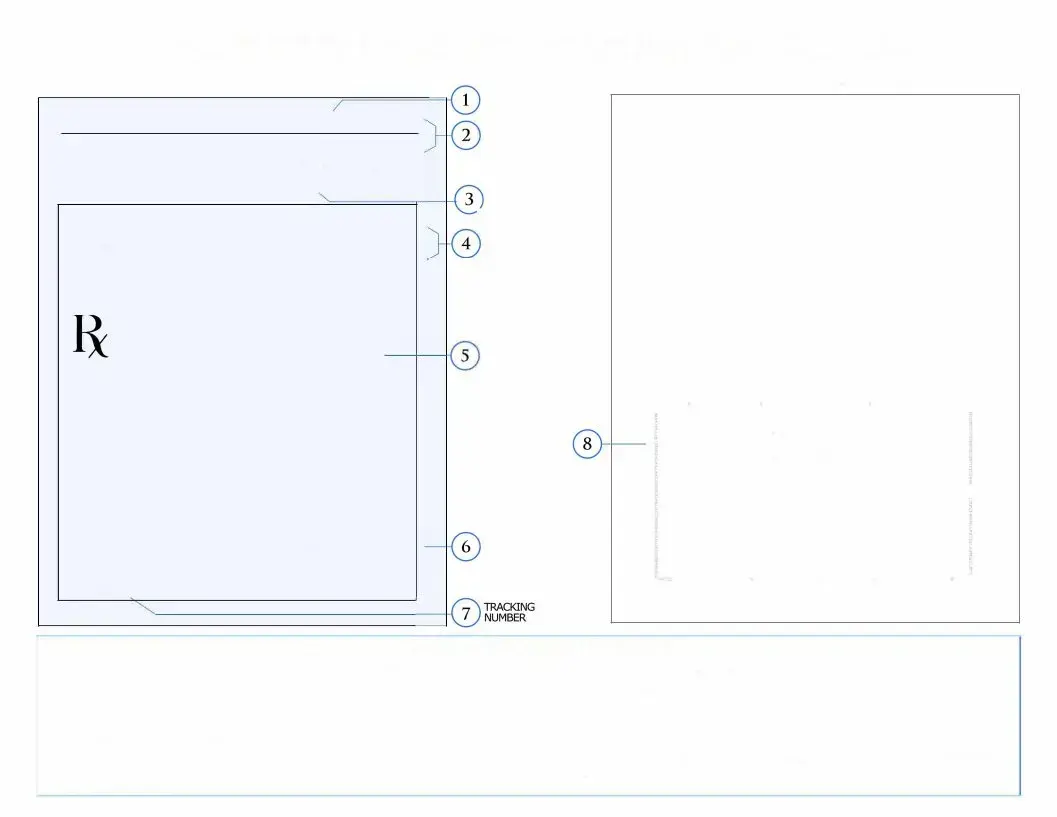Download Prescription Pad Template
The Prescription Pad form is a vital document used by healthcare providers to prescribe medications to patients. This form ensures that prescriptions are clear, accurate, and compliant with regulations, safeguarding both patient health and legal standards. Understanding how to properly fill out this form is essential for both providers and patients alike.
Ready to learn more? Fill out the form by clicking the button below.
Access Your Document

